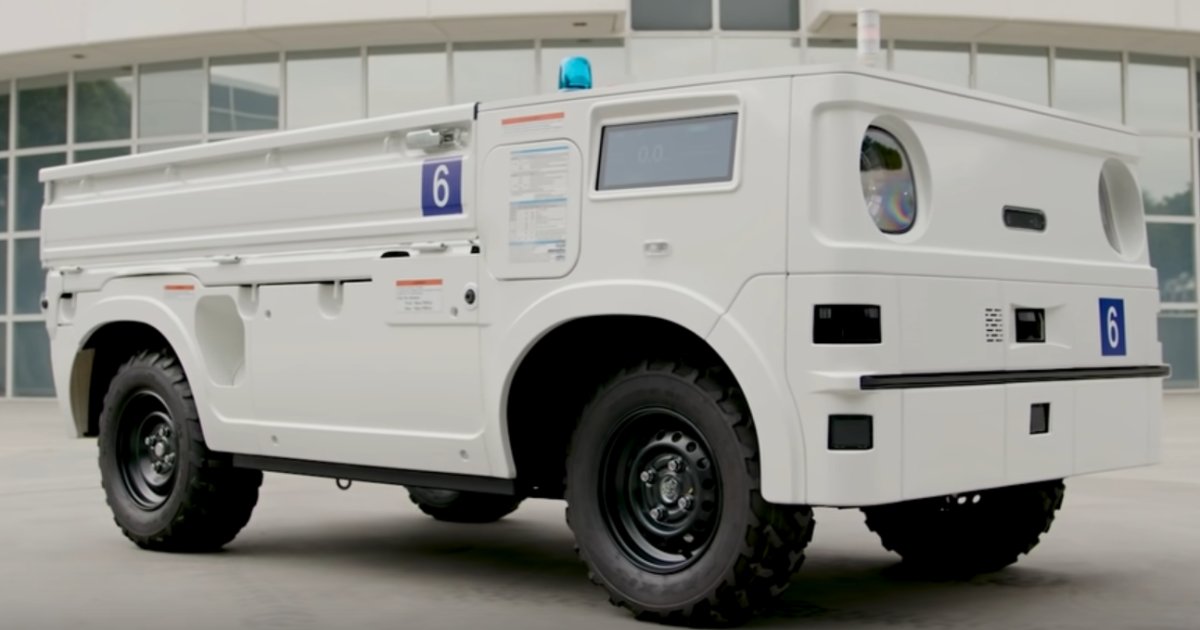Honda has been putting prototype autonomous battery electric vehicles through their paces at the site of what will be a 120MW solar farm in the US state of New Mexico.
Getting materials from point A to point B on large construction sites can be a time-intensive exercise – particularly in this case where the site is 1,000 acres – occupying workers who could be engaged in other tasks.
During a month-long field test, the second-generation prototypes of the fully electric Honda Autonomous Work Vehicle (AWV) were set a number of related tasks at the Black & Veatch project, including towing and transporting construction materials.
To get the vehicles on the right track, Honda produced a high-definition map of the site. The Black & Veatch team were then able to set start and stop points on the map for multiple AWVs through a cloud-based app interface. The vehicles demonstrated they were able to move along the route and were capable of stopping within centimetres of the pre-set points.
Honda AWV Specifications
The AWV is an all-terrain vehicle based on the petrol-powered Honda Pioneer side-by-side’s chassis. It’s decked out with GPS, radar and lidar for obstacle detection, plus stereoscopic (3D) cameras for remote monitoring. As well as autonomous mode, it can be operated by remote control.
Capable of sustained operation in high-temperature scenarios, the Honda AWV is a fairly hefty little beast; weighing in at 721kg without payload. It has a maximum loading capacity of 399 kilograms and a towing weight limit of 750kg, including trailer. Fully ladened and depending on the use case, the Autonomous Work Vehicle has a range of up to 45km on a single charge. Charging time is up to 6 hours (120v).
Speed isn’t mentioned, but the video suggests it’s not about to leave a Tesla or even someone running in its dust. At the speed it appears to travel, it may not kick much dust at all. But tearing around a construction site would present safety issues.
If the AWV was used as the primary workhorse for getting solar panels to their rack locations on a large solar farm, there would need to be a bunch of vehicles operating. With 399 kg payload capacity, that would represent around 15 – 16 large (500W) solar panels; and a few more in a towing situation. A 120MW solar farm would require a little under a quarter of a million 500W panels, meaning more than 12,000 trips.
But solar panels aren’t the only components involved in building a solar farm and Honda sees the AWV as having a place on large construction sites generally.
“We believe the Honda AWV has the potential to bring greater efficiencies, higher levels of safety and better environmental performance to the construction industry, and to other industries seeking an autonomous off-road solution,” said Honda’s Kenton Williams.
The AWV could perhaps also be used for maintenance and security related work on operating solar farms. And as for charging, there would be plenty of green electricity available to keep its batteries topped up and operations emissions-free.
The company hasn’t announced any plans to commercialise the AWV as yet, but is seeking partners to help Honda continue development.


 RSS - Posts
RSS - Posts



Speak Your Mind